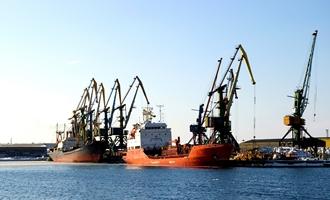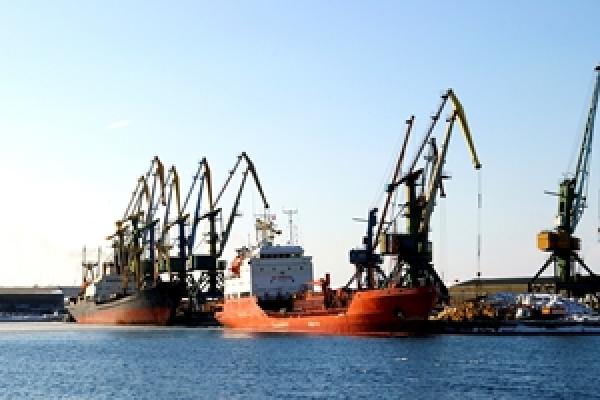
Steamship Mutual
Published: November 04, 2016
Updated July 2019
1st published Nov 2016

The International Group of P&I Clubs’ guidelines on the carriage of Calcium Hypochlorite were revised in 2018.
Global production of Calcium Hypochlorite for both domestic and export markets is estimated at about 400,000 tonnes per year. The product is marketed widely as “chlorine powder” or “bleach powder” for applications such as water treatment or as a bleaching agent.
The practices set out in the new Guidelines are intended to allow the carriage of Calcium Hypochlorite under controlled circumstances, to ensure that it is properly declared, packaged and carried. The practices are also intended to encourage carriers to have the confidence to accept the commodity for shipment under an acceptable method.
The IG Clubs have in recent years encountered a number of container fires involving Calcium Hypochlorite, leading to some lines imposing very strict carriage precautions or even outright carriage bans. Fire incident investigations also suggest that, in the vast majority of cases, the Calcium Hypochlorite has been either:
- mis-declared by shippers (and therefore wrongly described as a product that would ordinarily be considered harmless);
- or described as a product having less strict carriage requirements under the IMDG Code.
However, both the International Group of P&I Clubs and the member carriers of the Cargo Incident Notification System (CINS) fully recognise that many responsible shippers do properly declare their Calcium Hypochlorite shipments. These have been carried without incident, by applying the additional precautions recommended by the IG Clubs as well as the carriers own precautions, which have led to this joint recommendation. Given the large quantities of Calcium Hypochlorite that are shipped each year, there is an obvious desire to both discourage mis-declaration by shippers and to encourage shipping lines’ confidence in the carriage of properly declared Calcium Hypochlorite under an acceptable method.
The new Guidelines will be seen as providing a clearer and more logical step-by-step guidance, starting with issues surrounding cargo hazards and categorization under the IMDG Code, through to issues concerning container selection, container stuffing and stowage on the ship. Key recommendations of the Guidelines are the use of plastic drums with adequate air circulation, a package limit of 45 kg net weight and a limit on the maximum payload per container not exceeding 14 tonnes. Dry or reefer containers may be used - provided that a proper risk assessment is undertaken.
A related article, "Calcium hypochlorite: it’s back and hiding in plain sight" by Rory Butler, Partner and Alex Kemp, Senior Associate of Holman, Fenwick Willan is available to read here.


